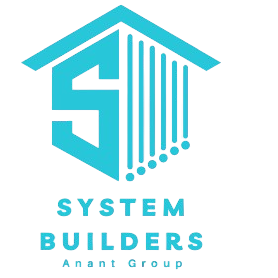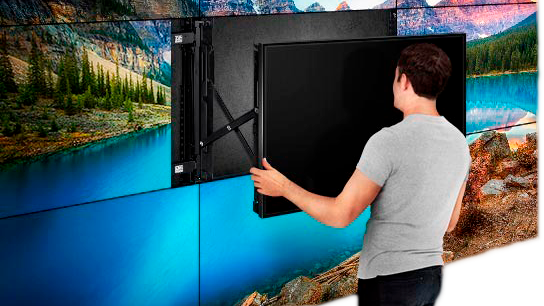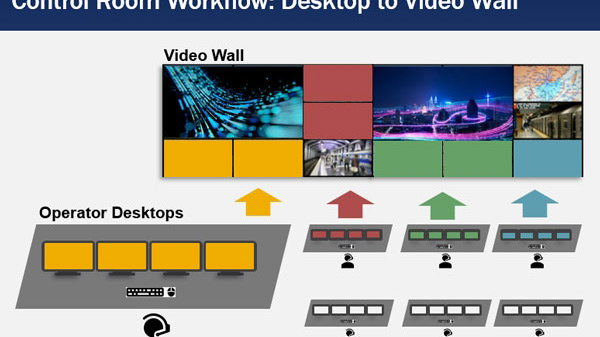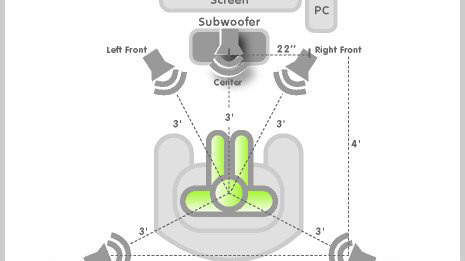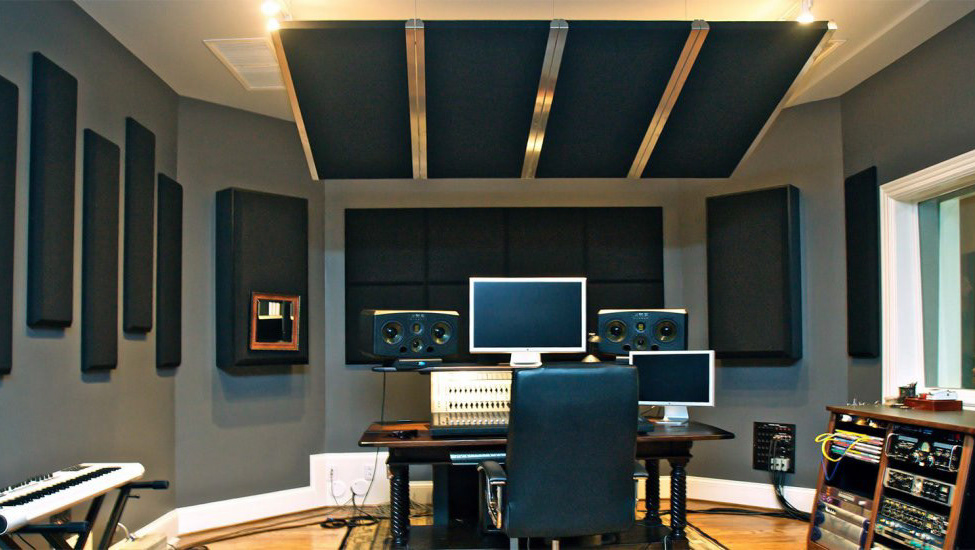Creating customized sound systems and video wall designs involves a meticulous process tailored to the client's needs and site conditions. Here’s a concise outline of the steps involved:
Client Consultation and Requirements Gathering:
Understand the client's specific requirements, preferences, and expectations for the sound system and video wall.
Gather information about the venue or space where the system will be installed, including dimensions, acoustics, and any architectural constraints.
Audio System Design:
Select appropriate audio components such as speakers, amplifiers, mixers, microphones, and signal processors based on the client's needs and the acoustic properties of the space.
Consider factors like coverage area, desired sound quality, power requirements, and compatibility with existing infrastructure.
Sound System Layout and Configuration:
Design the optimal layout for speaker placement to achieve even coverage and balanced sound throughout the venue.
Calculate speaker placement angles, heights, and dispersion patterns to minimize acoustic anomalies and ensure clarity.
Video Wall Design:
Determine the appropriate screen size, resolution (HD, 4K, etc.), and aspect ratio based on viewing distances and content requirements.
Select video wall technologies such as LED, LCD, or projection systems based on brightness, contrast, and durability considerations.
Integration and Connectivity:
Ensure seamless integration of audio and video components with existing systems or infrastructure.
Plan for connectivity options including cabling, wireless solutions, and control interfaces to facilitate easy operation and maintenance.
Environmental Considerations:
Account for environmental factors such as ambient noise levels, lighting conditions, and potential sources of interference that could affect system performance.
Testing and Calibration:
Conduct thorough testing and calibration of the entire system to optimize sound quality, video clarity, and overall performance.
Fine-tune audio settings, EQ adjustments, and video parameters to meet the client's expectations and ensure consistent performance across different scenarios.
Documentation and Training:
Provide comprehensive documentation including system diagrams, equipment manuals, and maintenance guidelines.
Offer training sessions for client personnel on system operation, troubleshooting, and basic maintenance tasks.
Post-Installation Support:
Offer ongoing support and maintenance services to address any issues or modifications post-installation.
Provide upgrade paths and recommendations for future enhancements based on technological advancements or changing client needs.
By following these steps, you can create tailored sound system and video wall designs that not only meet but exceed your client's expectations, delivering a high-quality audiovisual experience perfectly suited to their requirements and site conditions.
